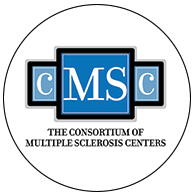An anti-convulsant drug used to treat epilepsy may also prevent nerve damage in patients with multiple sclerosis (MS), research has shown.
The drug phenytoin was found to slow the progress of optic neuritis, a symptom of MS that causes nerves carrying information from the eye to the brain to become inflamed and damaged.
Scientists believe it could have a similar protective effect throughout the brain.
Currently there are no neuroprotective drugs available for MS sufferers, whose nerve fibres are attacked by their own immune system.
In the study, 86 people with acute optic neuritis were either given phenytoin or an inactive placebo “dummy drug” for three months.
At the end of the trial, the group who received the genuine drug had on average 30% less damage to the nerve fibre layer at the back of the eye.
Lead researcher Dr Raj Kapoor, from University College London’s Institute of Neurology, said: “These are promising results and if our findings are confirmed by larger, Phase III trials, could lead to a new treatment that protects nerves from the damage caused both in optic neuritis and throughout the central nervous system in other attacks of MS.”
The findings are reported in the journal The Lancet Neurology.
Dr Emma Gray, head of clinical trials at the MS Society, said: “This is great news for people with MS and we’re very proud to have co-funded this trial. There are currently no treatments that can directly protect the nerves from damage in MS and, if effective, this treatment could be beneficial for all types of the condition, which is currently unheard of.
“Our goal is to ensure all people with MS have access to effective treatments that can slow, stop or reverse the damage caused in MS. This trial brings up one step closer to that goal.”
MS affects more than 100,000 people in UK and symptoms typically appear when people are in their 20s and 30s.
The disease strips away myelin, an insulating fatty material surrounding nerve fibres, causing nerve signals to be disrupted and triggering symptoms that range from mild tingling to full-blown paralysis.












